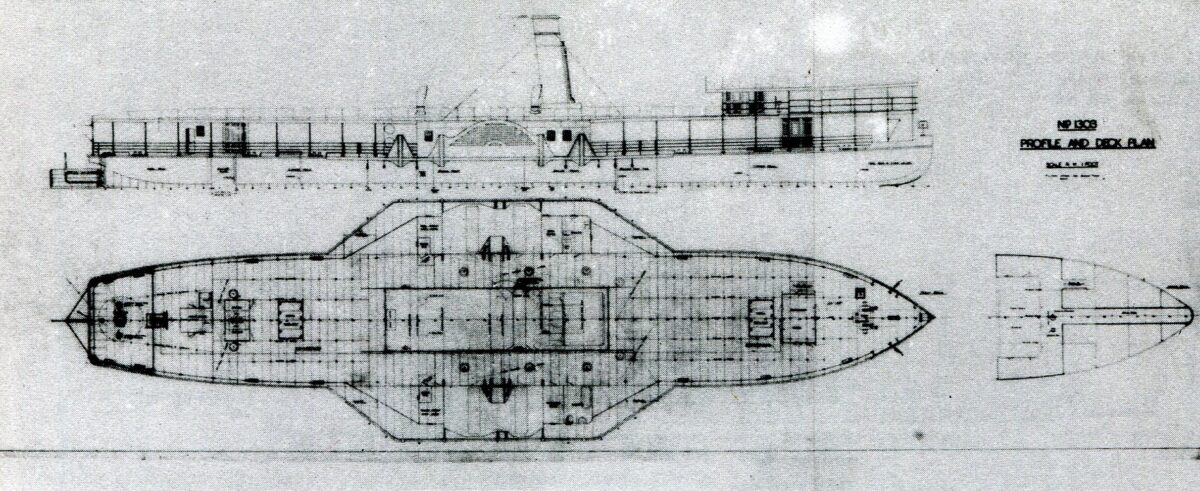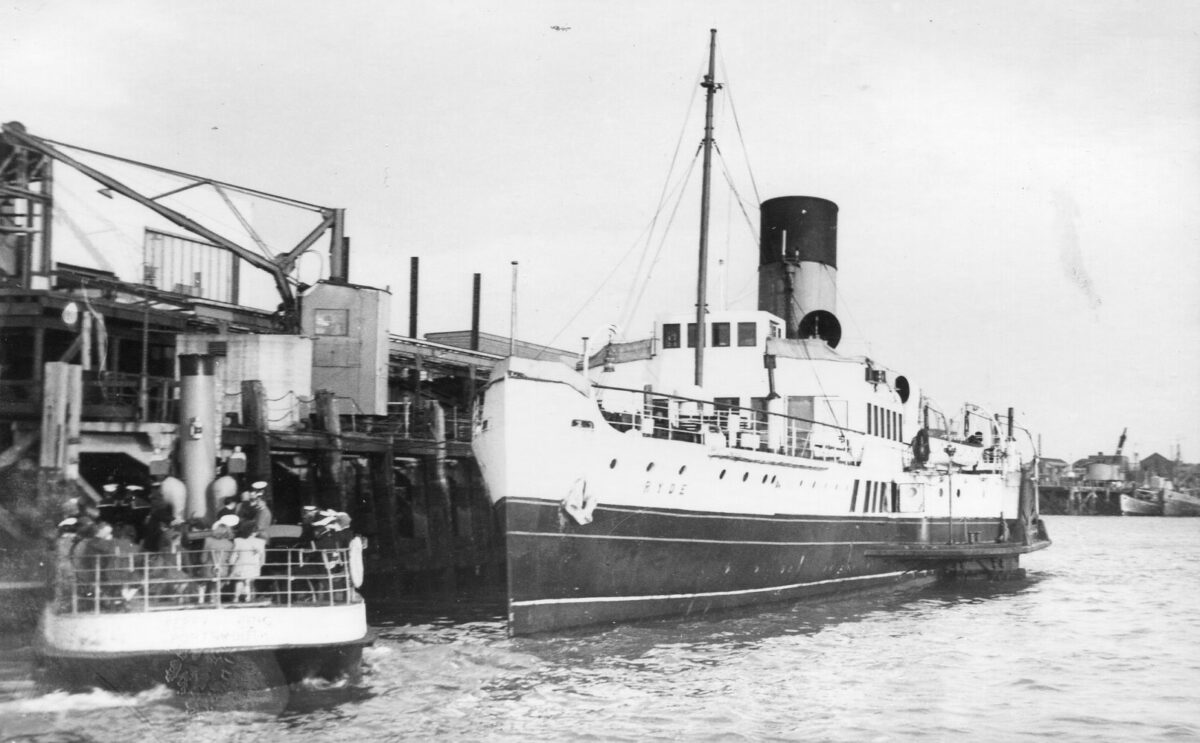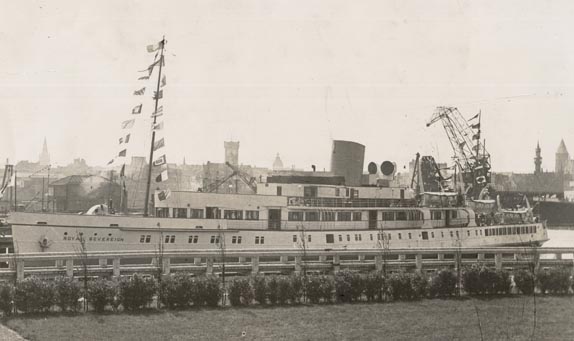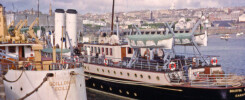
On Wednesday 13th January 1937 the paddle steamer Sawbwa was in the process of being deconstructed in the Denny yard at Dumbarton on the Clyde.
She had been ordered on 22nd July 1936 for the Irrawaddy Flotilla Company to join their fleet in Burma. She was 200ft long, 32ft in the beam and 390 GRT. So she was quite a big paddle steamer and of a scale not dissimilar to many UK excursion steamers. She had one boiler with a working pressure of 185psi and a triple expansion steam engine.
By this stage she had already been launched and had run trials on the Clyde on which she had reached a speed of 11.983 knots with the engine rotating at 41.15rpm and 7.28 knots with the engine rotating at 36.01rpm when towing.
By 13th January she was out of the water once again and being taken apart to be ready to be shipped out to Burma on 28th January 1937 in bits for reassembly there rather like a gigantic and hideously complex IKEA flatpack wardrobe.

For some reason there was a delay in sending out her engine which did not leave the yard until the following April. It was though a busy time for Denny. In January 1937 they were also working on the paddle steamer Ryde for the Southern Railway’s Portsmouth to Ryde service and the twin screw motor ship Royal Sovereign (initially to be named Continental Queen).

She was being built for passenger excursion services on the Thames. Then there was Slieve Bawn under construction as a cattle and cargo steamer for the LMS railway service between Holyhead and Dublin, two Tribal class destroyers Ashanti and Bedouin and one coastal minelayer Plover for the Royal Navy plus the river towing vessel Katsena being built for the United Africa Company. She was to be fitted with the new fangled and then state of the art Austrian manufactured Voith Schneider system of propulsion capable of pushing a ship in any direction.
So Denny’s management and workforce must have been a bit stretched in January 1937 with deadlines looming and penalty clauses in contracts to be invoked if work fell behind.
Kingswear Castle returned to service in 2023 after the first part of a major rebuild which is designed to set her up for the next 25 years running on the River Dart. The Paddle Steamer Kingswear Castle Trust is now fund raising for the second phase of the rebuild. You can read more about the rebuilds and how you can help if you can here.
John Megoran
This article was first published on 13th January 2021.


